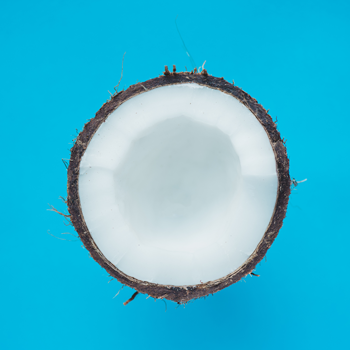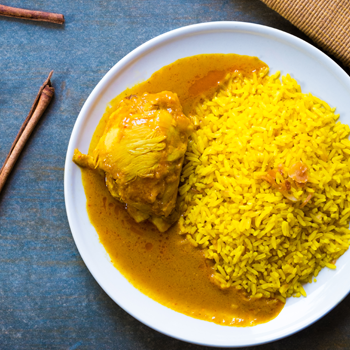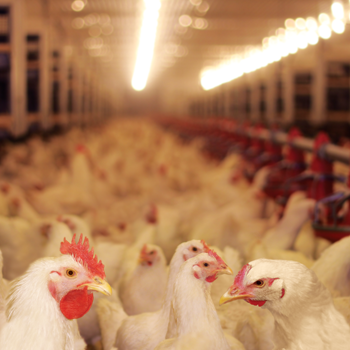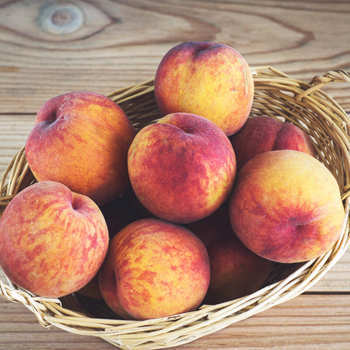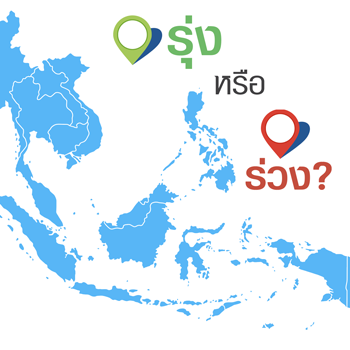เกาะกระแสซูเปอร์ฟู้ด: โอกาสของมะพร้าวไทยในตลาดโลก
โดย: ศูนย์วิจัยกสิกรไทย
Kasikorn Research Center
www.kasikornresearch.com
กระแสดูแลสุขภาพที่เกิดขึ้นทั่วโลกส่งผลให้ผลผลิตทางการเกษตรและอาหารบางประเภทได้รับความนิยมเพิ่มขึ้นเป็นอย่างมาก ในประเทศพัฒนาแล้วยังได้มีการจัดหมวดหมู่อาหารประเภทต่างๆ ที่มีความเชื่อว่าเป็นอาหารที่มีผลดีต่อสุขภาพ โดยเรียกอาหารจำพวกนี้ว่า “ซูเปอร์ฟู้ด (Superfood)”
ถึงแม้จะมีนักวิชาการจำนวนหนึ่งได้ออกมาวิจารณ์ว่า อาหารที่ถูกจัดให้เป็นซูเปอร์ฟู้ดเป็นเพียงการกล่าวอ้างทางการตลาดเท่านั้น มิได้ผ่านการจัดหมวดหมู่ทางวิทยาศาสตร์อย่างถูกต้อง อย่างไรก็ดี อาหารในกลุ่มนี้ในประเทศพัฒนาแล้วได้รับความนิยมตามกระแสการรักษาสุขภาพ ซึ่งก่อให้เกิดความต้องการเพิ่มขึ้นจำนวนมาก
จากงานวิจัยของ Mintel ซึ่งเป็นสถาบันวิจัยทางผลิตภัณฑ์และการตลาด พบว่าในช่วงปี 2554-2558 มีการออกผลิตภัณฑ์อาหารและเครื่องดื่มชนิดใหม่ที่ใช้คำที่เกี่ยวข้องกับซูเปอร์ฟู้ดขยายตัวถึงร้อยละ 202 โดยผลิตภัณฑ์เหล่านี้มักมีส่วนผสมของวัตถุดิบที่เชื่อว่าเป็นซูเปอร์ฟู้ด เช่น คีนัว (Quinoa) เมล็ดเชีย (Chia seeds) รวมทั้งมะพร้าว เฉพาะในปี 2558 การออกผลิตภัณฑ์อาหารและเครื่องดื่มชนิดใหม่ที่เกี่ยวข้องกับซูเปอร์ฟู้ดนั้นขยายตัวถึงร้อยละ 36 ซึ่งส่วนใหญ่เป็นการขยายตัวในประเทศพัฒนาแล้ว ได้แก่ สหรัฐอเมริกา ออสเตรเลีย อังกฤษ และแคนาดา เป็นต้น
The worldwide growth of health-conscious trends has significantly helped bolster the production of some crops and foods, classified by developed countries as healthy, or “super”, foods.
However, some academics have claimed that the growth of “superfoods” is a phenomenon of marketing, since these foods have not been formally classified as such, based on the scientific approach. Nevertheless, superfoods have gained popularity in developed countries due to the growing healthier diet trend, which has significantly helped spur their demand.
Research conducted by Mintel, a privately-owned, London-based market research firm, shows that new F&B products with names related to superfoods introduced between 2011 and 2015 had surged 202%. Such products typically contained quinoa, chia seeds and/or coconut. In 2015, new F&B products related to superfoods grew 36%, largely in developed countries, such as the US, Australia, Britain and Canada.
